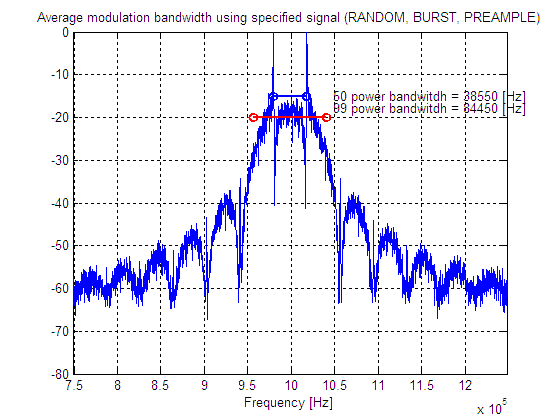Hi
i use CC1110 SoC and i wonder which values should i set deviation to for different baud rates. In Smart RF Studio, some values are given. For example for 38.4Kbps deviation is 20KHz and RX filter bandwidth is 100KHz. What about for 20Kbps or for 10Kbps? How should i calculate these?
Thanks




